-
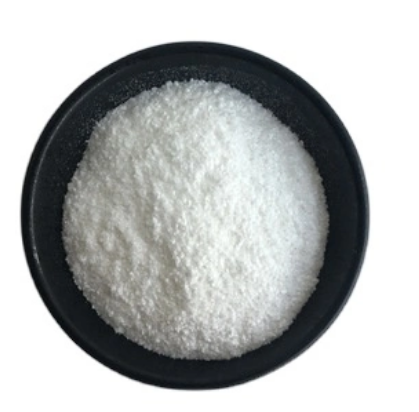
L-Methionine CAS:63-68-3 Manufacturer Price
L-Methionine is an essential amino acid that is not naturally produced by the human body, which means it must be obtained through diet or supplementation. It plays a crucial role in various biological processes, including protein synthesis, methylation reactions, and the production of other important molecules such as glutathione.
As a dietary supplement, L-Methionine is commonly used to support liver health and assist in the detoxification of harmful substances. It is also believed to promote healthy skin, hair, and nails due to its involvement in collagen synthesis.
Additionally, L-Methionine may aid in managing certain medical conditions, such as copper poisoning and acetaminophen (paracetamol) overdose, where it acts as a precursor to glutathione, a powerful antioxidant.
-
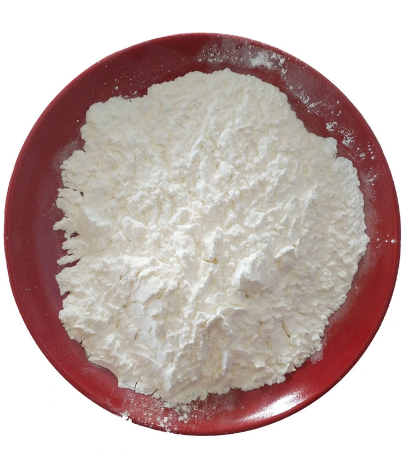
L-Serine CAS:56-45-1 Manufacturer Price
L-Serine is a non-essential amino acid that plays important roles in the body. It is involved in the synthesis of proteins and neurotransmitters, including glycine and D-serine. L-Serine is also a precursor for the production of phospholipids, which are vital components of cell membranes. Additionally, L-Serine helps support immune function, aids in the formation of collagen and connective tissues, and plays a role in the metabolism of fatty acids and carbohydrates.
-
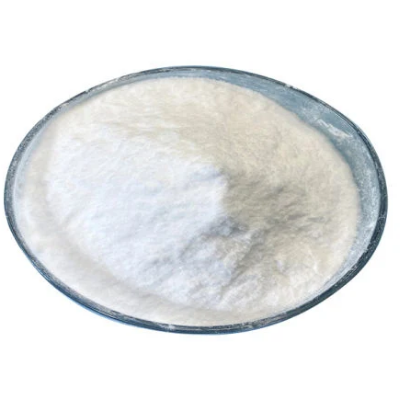
L-Valine CAS:72-18-4 Manufacturer Price
L-Valine is an essential branched-chain amino acid (BCAA) that plays a crucial role in protein synthesis and muscle repair. It is one of the three BCAAs along with L-Leucine and L-Isoleucine. L-Valine is primarily used by the body as an energy source during intense exercise and helps maintain nitrogen balance in the muscles. It also supports the growth and maintenance of muscle tissue, aids in post-workout recovery, and may have potential benefits for endurance and athletic performance. L-Valine is commonly found in protein-rich foods such as meat, dairy, legumes, and grains.
-
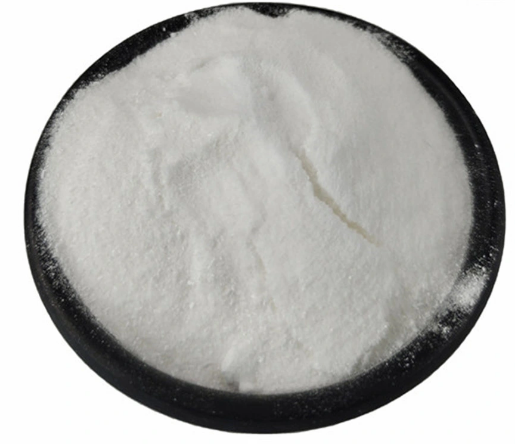
DL-Methionine CAS:59-51-8 Manufacturer Price
DL-Methionine is a synthetic form of the amino acid methionine. It is commonly used as a dietary supplement and feed additive in animal nutrition. DL-Methionine provides the essential amino acid methionine, which plays important roles in protein synthesis, liver function, antioxidant activity, and the health of the skin, hair, and nails. It can also be used as a chelating agent for copper poisoning and as an antidote for acetaminophen overdose.
-
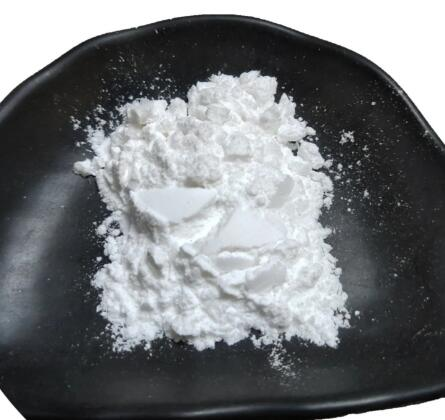
Glutathione oxidized CAS:27025-41-8
Glutathione oxidized is the disulfide form of the naturally occurring antioxidant compound glutathione. It plays a crucial role in maintaining cellular health and protecting cells from oxidative damage. Glutathione oxidized is formed when glutathione becomes oxidized through the loss of electrons. It serves as a recycling agent for reduced glutathione and helps maintain the balance between the oxidized and reduced forms of glutathione in the body. Glutathione oxidized is involved in various biological processes, such as detoxification, immune system function, and regulation of cellular redox status. It is also used in some cosmetic and skincare products for its potential skin-lightening and anti-aging effects.
-
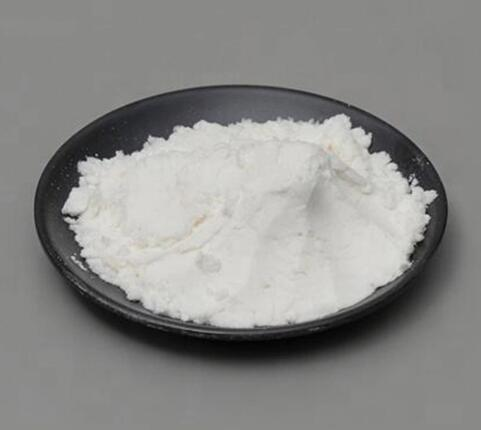
Acetylthiocholine iodide CAS:1866-15-5
Acetylthiocholine iodide is a chemical compound commonly used in biochemical research as a substrate for the enzyme acetylcholinesterase. It is a derivative of acetylcholine with a sulfur atom substituted for the oxygen atom present in the parent compound. Acetylthiocholine iodide is extensively used in enzyme assays and studies involving cholinergic processes in the nervous system. Its iodide salt form enhances its solubility in aqueous solutions, making it easier to work with in laboratory settings.
-
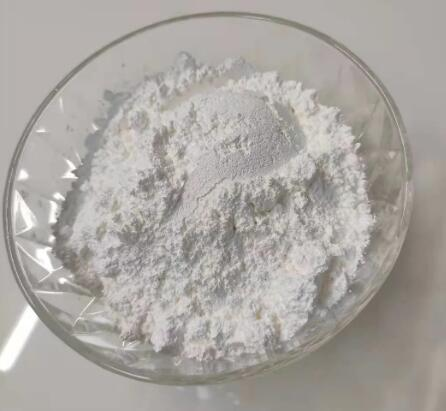
beta-D-Glucose 6-phosphate monosodium salt anhydrous CAS:54010-71-8
beta-D-Glucose 6-phosphate monosodium salt anhydrous is a chemical compound that belongs to the family of glucose phosphates. It is a derivative of glucose, where a phosphate group is attached to the 6th carbon atom of the glucose molecule. Additionally, it contains a monosodium salt form, which means it has a sodium ion associated with it.
This compound is an important intermediate in various metabolic pathways, especially in carbohydrate metabolism. It plays a crucial role in the metabolism of glucose, where it is involved in the breakdown of glucose for energy production or the synthesis of glycogen and other complex carbohydrates.
The monosodium salt form of beta-D-Glucose 6-phosphate enhances the solubility and stability of the compound, making it more suitable for various research and industrial applications. Due to its involvement in key metabolic processes, it is frequently used in biochemical and enzymatic studies, as well as in the production of pharmaceuticals, food additives, and other chemical compounds.
-
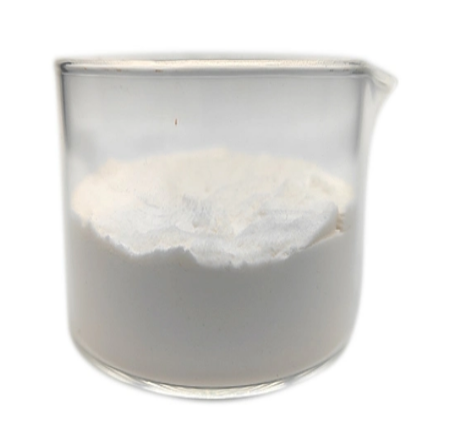
3-(N-tosyl-L-alaninylazy)-5-phenylpyrrole CAS:99740-00-8
3-(N-tosyl-L-alaninylazy)-5-phenylpyrrole is a chemical compound with a unique structure that includes a tosyl group, an L-alanine residue, and a phenylpyrrole moiety.
-
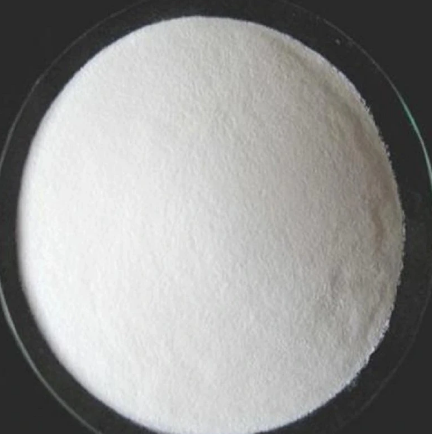
3,3′,5,5′-Tetramethylbenzidine sulfate CAS:54827-18-8
3,3′,5,5′-Tetramethylbenzidine sulfate is a chemical compound commonly used as a substrate in enzyme-linked immunosorbent assays (ELISA) and other biomedical assays. It exhibits a blue color reaction when oxidized by certain enzymes, making it useful for detecting the presence of target molecules such as antigens and antibodies. The compound is known for its high sensitivity and stability, allowing for reliable and accurate quantitative analyses.
-

PVP-K30 CAS:9003-39-8 Manufacturer Price
Polyvinylpyrrolidone (PVP) is a synthetic polymer that is widely used in various industries. It is a water-soluble and non-ionic compound, making it suitable for applications such as pharmaceuticals, cosmetics, adhesives, and food processing. PVP is known for its ability to form stable complexes with many substances, making it a valuable ingredient for drug formulation and cosmetic products. It also exhibits film-forming and adhesive properties, making it useful in coatings and adhesives. Additionally, PVP is often used as a binder and stabilizer in food and beverage applications.
-
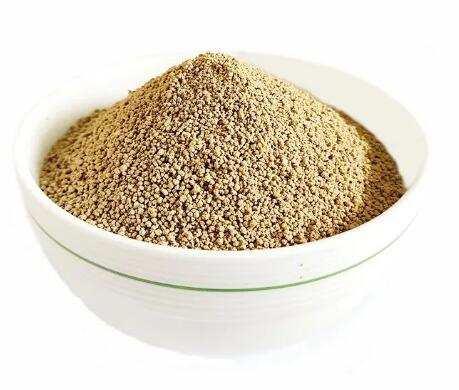
3,4,5,6-Tetrabromophenolsulfonephthalein CAS:77172-72-6
3,4,5,6-Tetrabromophenolsulfonephthalein is a synthetic chemical compound that is commonly used as a pH indicator in laboratory experiments. It appears as a yellowish-brown solid and changes color from yellow to violet depending on the pH of the solution. This compound is particularly useful in determining the acidity or alkalinity of substances in a wide range of scientific applications.
-
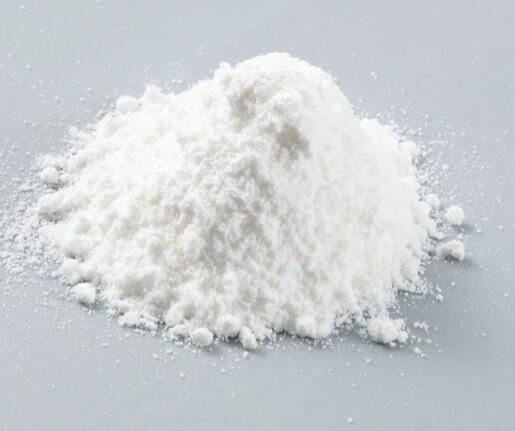
S-Nitrosoglutathione CAS:57564-91-7 Manufacturer Price
S-Nitrosoglutathione (GSNO) is a small molecule composed of three amino acids (glutamine, cysteine, and glycine) and a nitric oxide (NO) group. It acts as a storehouse and transporter of nitric oxide, a crucial signaling molecule in the body. GSNO is involved in various physiological processes including antioxidant activity, protein modification, anti-inflammatory effects, and cardiovascular regulation. It has potential therapeutic applications for conditions such as cardiovascular diseases, neurodegenerative disorders, and cancer.

